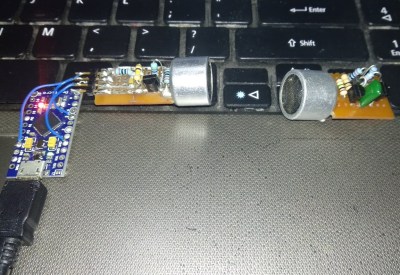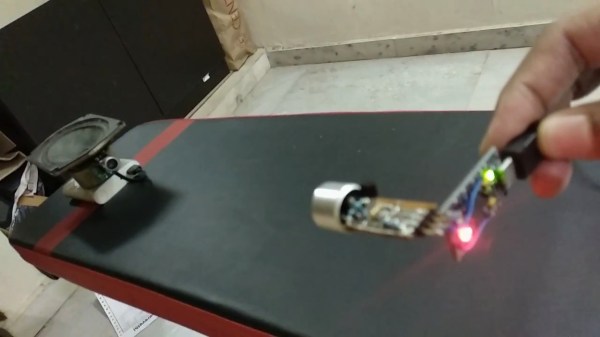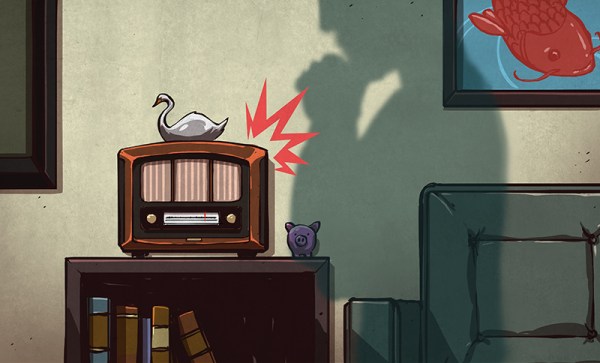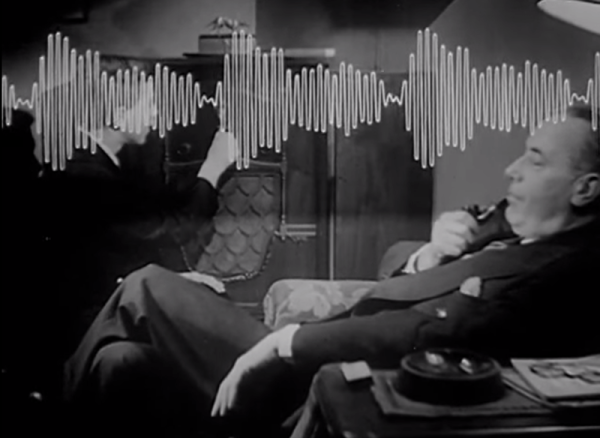The reports of the death of automotive AM radio may have been greatly exaggerated. Regular readers will recall us harping on the issue of automakers planning to exclude AM from the infotainment systems in their latest offerings, which doesn’t seem to make a lot of sense given the reach of AM radio and its importance in public emergencies. US lawmakers apparently agree with that position, having now introduced a bipartisan bill to require AM radios in cars. The “AM for Every Vehicle Act” will direct the National Highway Transportation Safety Administration to draw up regulations requiring every vehicle operating on US highways to be able to receive AM broadcasts without additional fees or subscriptions. That last bit is clever, since it prevents automakers from charging monthly fees as they do for heated seats and other niceties. It’s just a bill now, of course, and stands about as much chance of becoming law as anything else that makes sense does, so we’re not holding our breath on this one. But at least someone recognizes that AM radio still has a valid use case.
amplitude modulation6 Articles
Understanding Modulated RF With [W2AEW]
There was a time — not long ago — when radio and even wired communications depended solely upon Morse code with OOK (on off keying). Modulating RF signals led to practical commercial radio stations and even modern cell phones. Although there are many ways to modulate an RF carrier with voice AM or amplitude modulation is the oldest method. A recent video from [W2AEW] shows how this works and also how AM can be made more efficient by stripping the carrier and one sideband using SSB or single sideband modulation. You can see the video, below.
As is typical of a [W2AEW] video, there’s more than just theory. An Icom transmitter provides signals in the 40 meter band to demonstrate the real world case. There’s discussion about how to measure peak envelope power (PEP) and comparison to average power and other measurements, as well.
AM Ultrasonic Transmitter And Receiver
Most often ultrasonic transducers are used for distance measurements, and in the DIY world, usually as a way for robots to detect obstacles. But for a weekend project, [Vinod.S] took the ultrasonic transmitter and receiver from a distance-meter module and used amplitude modulation to send music ultrasonically from his laptop to a speaker, essentially transmitting and receiving silent, modulated sounds waves.

For the transmitter, he turned an Arduino Pro Micro into a USB sound card which he could plug into his laptop. That outputs both the audio signal and a 40 kHz carrier signal, implemented using the Arduino’s Timer1. Those go to a circuit board he designed which modulates the carrier with the audio signal using a single transistor and then sends the result out the ultrasonic transmitter.
He took care to transmit a clear signal by watching the modulated wave on an oscilloscope, looking for over-modulation and clipping while adjusting the values of resistors located between the transistor, a 5 V from the Arduino and the transmitter.
He designed the receiver side with equal care. Conceptually the circuit there is simple, consisting of the ultrasonic receiver, followed by a transistor amplifier for the modulated wave, then a diode for demodulation, another transistor amplifier, and lastly a class-D amplifier before going to a speaker.
Due to the low 40 kHz carrier frequency, the sound lacks the higher audio frequencies. But as a result of the effort he put into tuning the circuits, the sound is loud and clear. Check out the video below for an overview and to listen to the sound for yourself. Warning: Before there’s a storm of comments, yes the video’s shaky, but we think the quality of the hack more than makes up for it.
Dust Off Those AM Radios, There’s Something Good On!
If you are into vintage electronics or restoring antique radio equipment you may be very disappointed with the content offerings on AM broadcast radio these days. Fortunately there is a way to get around this: build your own short-range AM broadcast station and transmit curated content to your radios (and possibly your neighbors). There are several options for creating your own short-range AM broadcast station, and this gives you something fun to tune into with your vintage radio gear.
Continue reading “Dust Off Those AM Radios, There’s Something Good On!”
Why Is Donald Duck On The Radio? Math Behind Single Sideband Explained
AM, or amplitude modulation, was the earliest way of sending voice over radio waves. That makes sense because it is easy to modulate a signal and easy to demodulate it, as well. A carbon microphone is sufficient to crudely modulate an AM signal and diode — even a piece of natural crystal — will suffice to demodulate it. Outside of broadcast radio, most AM users migrated to single side band or SSB. On an AM receiver that sounds like Donald Duck, but with a little work, it will sound almost as good as AM, and in many cases better. If you want a better understanding of how SSB carries audio, have a look at [Radio Physics and Electronics] video on the subject.
The video covers the math of what you probably already know: AM has a carrier and two identical side bands. SSB suppresses the carrier and one redundant side band. But the math behind it is elegant, although you probably ought to know some trigonometry. Don’t worry though. At the end of the video, there’s a practical demonstration that will help even if you are math challenged.
Continue reading “Why Is Donald Duck On The Radio? Math Behind Single Sideband Explained”
Retrotechtacular: The Spirit Of Radio
Many of us still tune in to terrestrial radio for one reason or another, be it baseball games, talk radio, or classic rock. But do you know how the sound is transmitted to your receiver? This week, our spotlight shines upon a short film produced by KYW Radio that serves as a cheerful introduction to the mysteries of amplitude modulation (AM) radio transmission as they were in 1940.
Sound vibrations enter a microphone and are converted to electrical current, or an audio waveform. The wave is amplified and sent several miles away to the transmitting station. During this trip, the signal loses power and so is amplified at the transmitting station in several stages. This audio wave can’t be transmitted by itself, though; it needs to catch a ride on a high-frequency carrier wave. This wave is generated on-site with a huge crystal oscillator, then subjected to its own series of amplifications prior to broadcast.
The final step is the amplitude modulation itself. Here, the changing amplitude of the original audio wave is used to modulate that of the high-frequency carrier wave. Now the signal is ready to be sent to the tower. Any receiver tuned in to the carrier frequency and in range of the signal will capture the carrier wave. Within the reciever, these currents are converted back to the vibrations that our ears know and love.

















